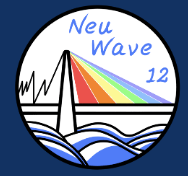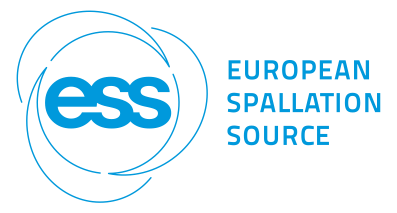Speaker
Description
The capabilities of Bragg edge imaging to characterize microstructure features of relatively large polycrystalline objects with good spatial resolution have been extensively proved over the years. However, the quantitative analyses of the signature of crystallographic texture in the spectrum remain a challenge. A prediction of transmission spectra with respect to known ODFs has been proven to be achievable for different types of materials [1], [2], [3], [4]. In par-ticular, we have developed two theoretical approaches to model and evaluate the effect of texture in the neutron transmission spectra, based either on decomposing the ODF in indi-vidual orientations [2] or by expanding the ODF in Fourier series [5], [6]. Both methods pro-duced excellent predictions for materials with different crystal symmetries with the former being better suited for sharp textures and large-grained materials, and the later for smooth textures and fine-grained materials.
However, the inversion problem to obtain a full description of crystallographic texture from a number of transmission spectra of different projections represents a more difficult task. Re-cently we have proposed a novel approach and applied it successfully, in a first step, to ho-mogeneously textured materials [7].
Here, we will present experimental results of the application of the inversion method for the estimation of the ODF from the transmission spectra measured along several samples direc-tions. Besides this, we will show the application of the direct methods to predict the wave-length-resolved neutron transmission spectra from known ODFs, and compare them with measurements performed at different neutron facilities using time-of-flight techniques.
[1] F. Malamud,et.al, Journal of Applied Crystallography, vol. 49, no. 2, pp. 348–365, Apr. 2016, doi: 10.1107/S1600576716000443.
[2] F. Malamud, et.al. Journal of Applied Crystallography, vol. 56, no. 1, Feb. 2023, doi: 10.1107/S1600576722011323.
[3] F. Malamud et al., Journal of Applied Crystallography, vol. 47, no. 4, pp. 1337–1354, Aug. 2014, doi: 10.1107/S1600576714012710.
[4] L. L. Dessieux, et. al. “Nuclear Instruments and Methods in Physics Research Section B, vol. 459, pp. 166–178, Nov. 2019, doi: 10.1016/j.nimb.2019.09.010.
[5] M. A. V. Alvarez and F. Malamud, Journal of Physics, 2022, doi: 10.1088/1742-6596/2605/1/012023.
[6] M. A. Vicente Alvarez, et.al. Journal of Applied Crystallography, vol. 54, no. 3, pp. 903–913, Jun. 2021, doi: 10.1107/S1600576721003861.
[7] M. A. Vicente Alvarez, et,al. Journal of Applied Crystallography, vol. 56, no. 6, pp. 1721–1731, 2023, doi: 10.1107/S1600576723008877.
| Abstract Topic | Data analysis and software developments |
|---|

